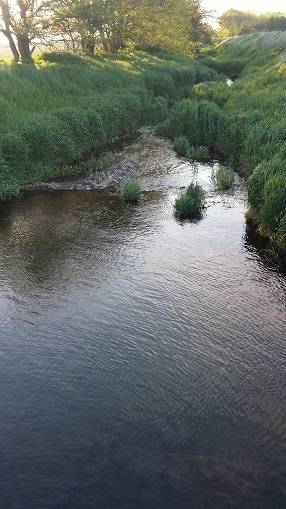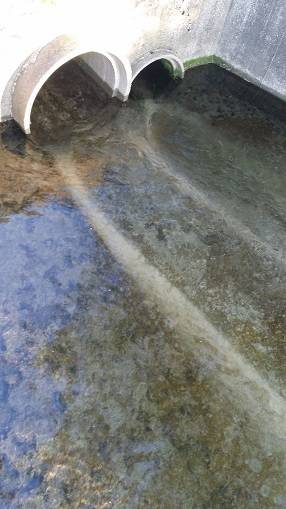This past weekend, I attended one of my granddaughter’s high school graduation ceremony in a small town south of Des Moines. The ceremony was held on the football field, which is quite an undertaking during spring in Iowa!
By luck, and maybe a little divine intervention, the outdoor graduation ceremony worked. We enjoyed some sunshine. Then just like you’d expect from Iowa weather, some clouds moved in, a few sprinkles fell and the winds began to gust. Papers blew off the stage, and the young ladies were hanging onto their skirts. Nonetheless, it was a beautiful ceremony!

The keynote speaker was a retiring school teacher, who had taught most of his career at this school. I must admit that I don’t remember the speech at my graduation, however, he captured my attention by referencing farmers in his presentation! He talked about how farmers sow seeds, and teachers do likewise. What a great analogy, right?
Later in the commencement address, the speaker told these graduating seniors how they need to fix the problems of our waters in Iowa! He shared how an all-time high number of our waters are polluted. I could feel my wife’s eyes on me. As soon as we got to our car, Janice said she was a little concerned at how I might react to the keynote. Rather than say anything at the time, I decided to address it in this week’s blog.
It concerns me that educated people can be so misinformed! Did the teacher share untruths about Iowa’s farmers? No! Did he share all the facts? No!
Our government agencies have the ability to control public perception simply by choosing which information to release and when. The Des Moines Waterworks (DMWW) own data shows a downward trend of nitrates in the Raccoon River, but that’s not what is making the headlines these days in Iowa. Instead we’re hearing about increasing amounts of nitrates from the DWMM.
More Iowa waters made the “polluted list” this year, but it’s misleading because the standards by which waters are judged have changed. When you lower the level by which waters are judged, you have more water bodies on the list. Was this information shared with these new graduates? Of course it wasn’t!
The commencement speaker used the water quality example to rally new members of our society, and as is often the case today, people take information at surface value. Many people do not dig for the facts! Emotional issues run on emotion, not facts.
As I was pondering the commencement address, I an article from the New Yorker came to mind that reads: Scientists have discovered a powerful new strain of fact-resistant humans who are threatening the ability of Earth to sustain life. One scientist involved with the study concluded by saying that although the research is preliminary, “… It’s possible [humans] will become more receptive to facts once they are in an environment without food, water or oxygen.”

“Armchair farmers” believe agriculture is simple and that policies are needed to ensure farmers protect the environment. While I agree there are still improvements that we can make to further enhance water quality, let’s give credit for the improvements that have been made. Conservation practices are helping improve water quality.
Back in the good old days, a lot of damage was done to our soils and water. The ground was tilled until there was no residue left, so soil would either blow or wash away. “Conservation tillage” was a buzz word when I started farming. No-till was just beginning. Terraces, or dirt pilled to control water flow, were being built by the miles.
With today’s farming technology and equipment, we’ve made huge strides towards better soil conservation. I’ve planted acres of trees and bushes on my farm. By my creek, I’ve planted buffer strips for erosion control and wildlife habitat.
I have taken pictures of my creek, showing how clean my water is leaving my farm. The water is absolutely clear, so you can see the bottom of the stream. Such clear water makes it difficult to take a picture, but I hope you “see my point.”
Yes, we also need to control things in the water that we can’t see. That why I side-dress fertilizer, using just the right amount at the right time to feed corn plants. Lots of farmers are voluntarily spending millions of their own dollars every year to implement conservation practices.
Today’s technology can detect smaller amounts of pollution in our waters, but it can also help us reduce that pollution. Farmers have made a huge difference, and we’ll continue to do more because we take pride in seeing results!
